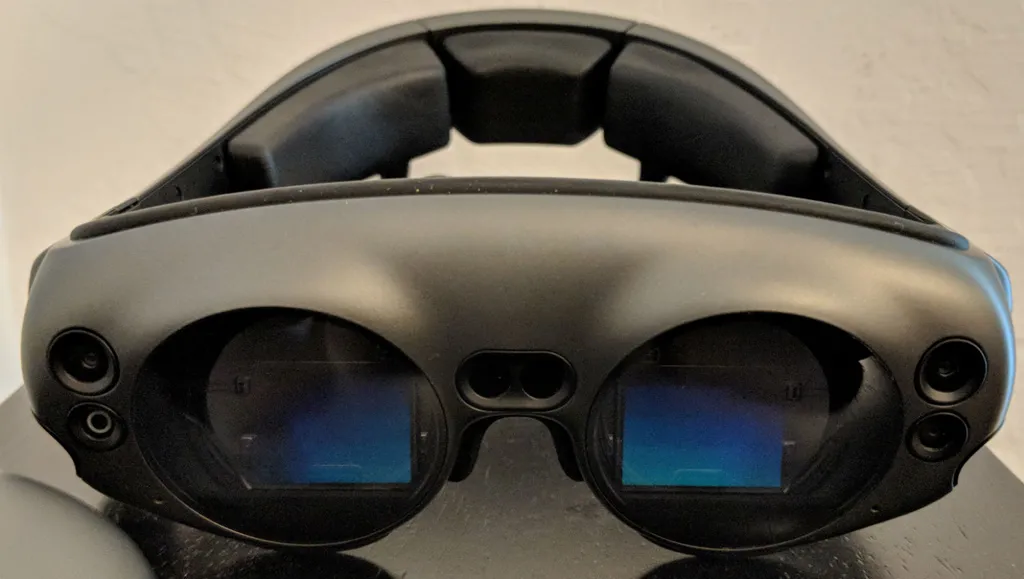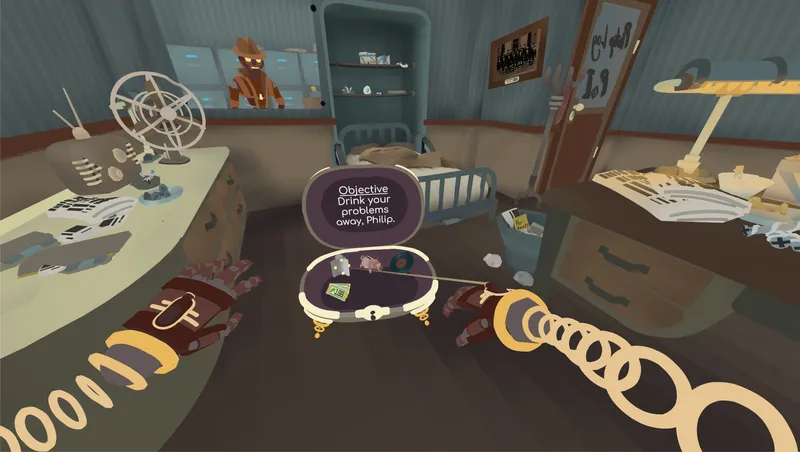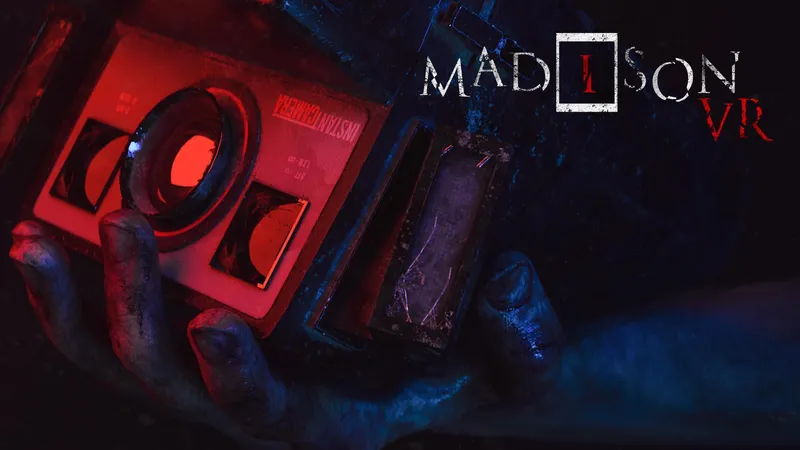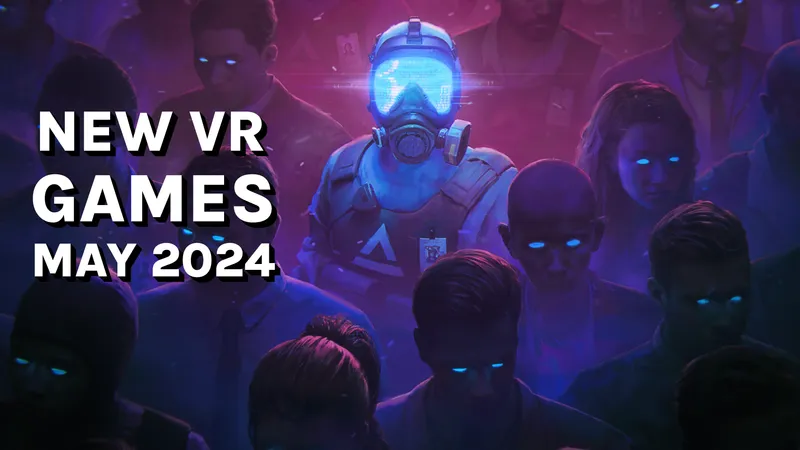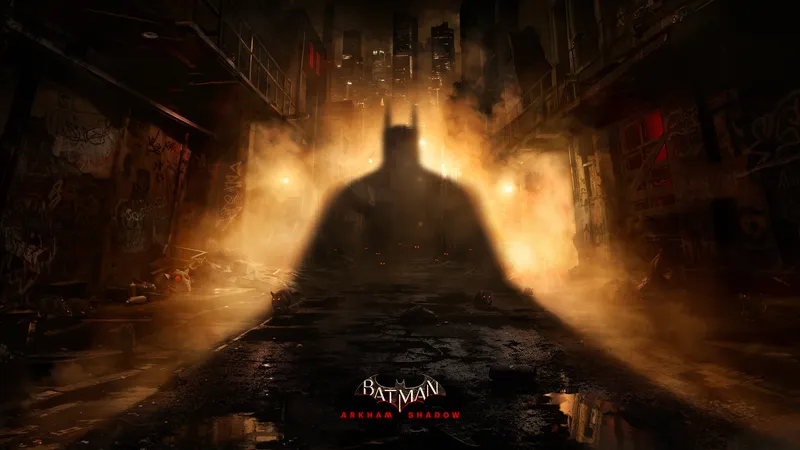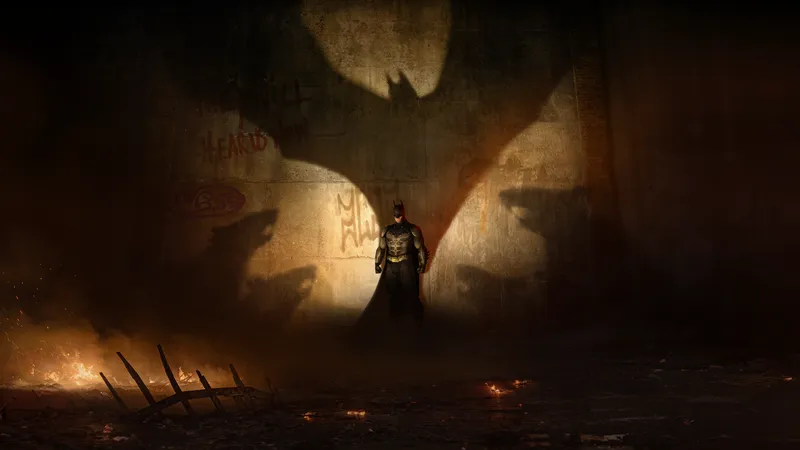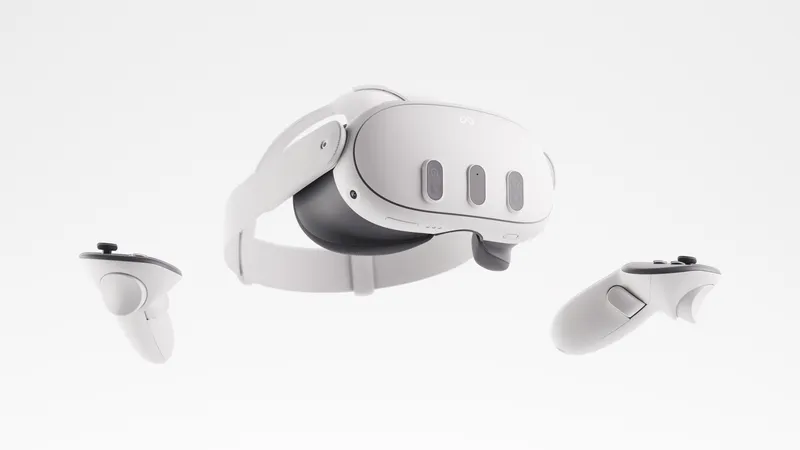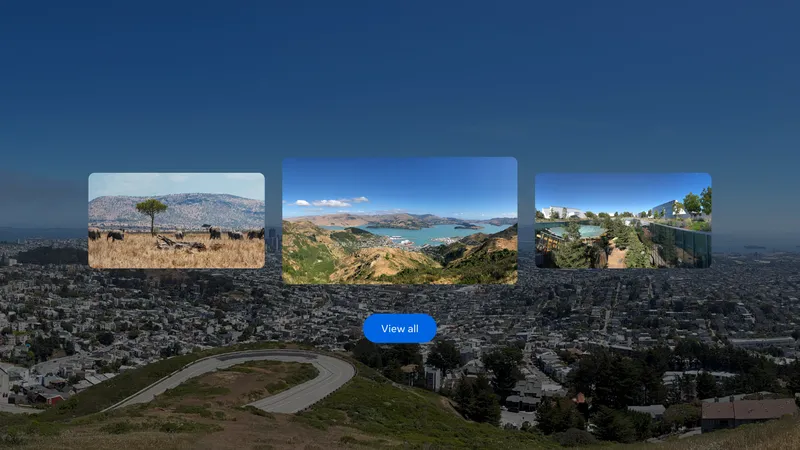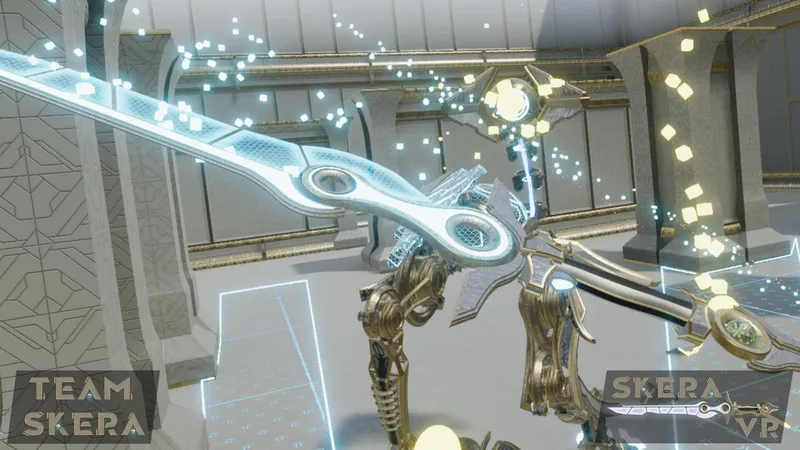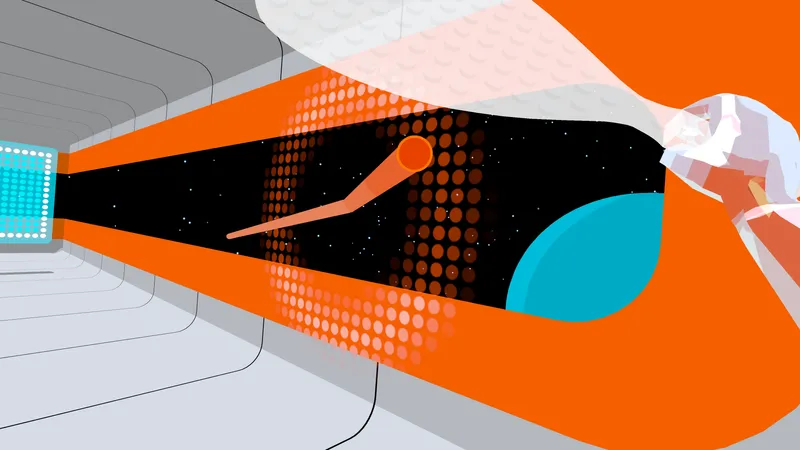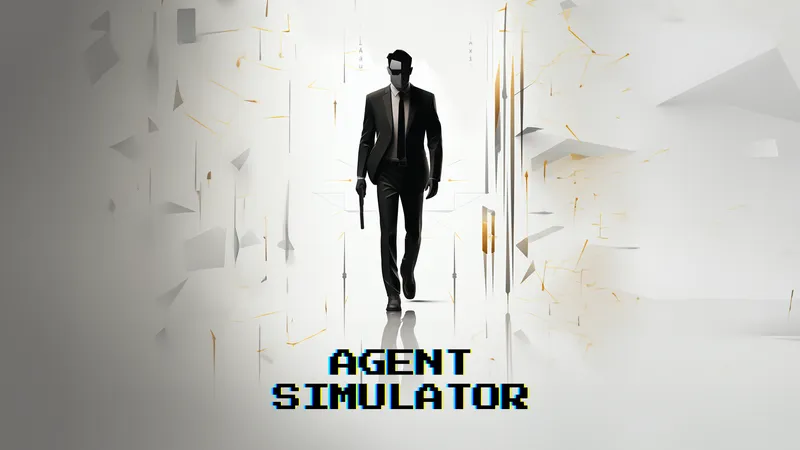I tried the Magic Leap One “Creator Edition” headset this week, after nearly five years of waiting to see what Rony Abovitz and his team have been building out in Florida.
I am impressed Leapers shipped Magic Leap One (ML1) on the same day they announced its price and offered it for sale. I am impressed they hand-deliver this new type of standalone computer with an expert who explains how to operate it. I am impressed, and surprised, at the feeling of awe I experienced when I saw Magic Leap One’s main menu floating in between me and another person.
My time was very limited with Magic Leap One and I focused most of that time trying to understand the visual experience of the Lightwear glasses. I used to call them “goggles” but when I broadcast live my first 15 minutes with Magic Leap One, I instinctively used the word “glasses” to talk about what you actually wear on your head. They felt light enough in my hands to be called that, I guess.
The Lightwear headset is accompanied by the Lightpack processing unit which I put at the top of my pocket. It is wired to the glasses. I then picked up the controller, which reminds me a lot of the Oculus Go controller with an extra button.

Magic Leap One’s menu is represented as a circle of floating spheres, anchored rock solid in place. When I first saw this, I immediately wanted small and quick digital characters darting around the room and hiding behind real-world furniture. I’ll explain more on that in a minute. One of these spheres across the room faintly glowed while appearing perfectly solid. The person behind it was slightly darker. The effect lured my eyes to the menu of spheres and gave the subtle impression the person in the background was also in the presence of these glowing spheres. I believed the spheres were floating there to a degree I never have with a HoloLens digital object.
Despite not being properly fitted, not being instructed how to use this headset and a field of view that is “constantly distracting”, as The Verge’s Adi Robertson put it, I found myself suddenly playful with ML1. When I realized a block I made had dropped onto the floor, I sat up and leaned far over the table and peered down to the floor on the other side. As soon as my head cleared the table I saw the semi-transparent orange block sitting on the floor where I expected it to have fallen. In that type of situation, with a HoloLens, I might expect to notice the field of view restriction or some other failure of the system before finding the digital object. That’s not what I perceived with Magic Leap One — there was no break in the illusion in this one specific moment. It was a simple but powerful demonstration of Magic Leap’s technology.

I didn’t spend enough time with ML1 to make up my mind as to whether long term use could be impeded by its slight sunglasses-like darkening of the real world. I suspect that aspect to the visual experience is related to how solid some objects appear in Magic Leap One. Is the downside that the real-world is slightly darkened? When I put Magic Leap’s menu spheres outside, with a sunlit environment as a backdrop, they were much easier to see through.
Magic Leap One Will Win Over Some Developers
Magic Leap One Creator Edition is 100 percent a developer kit, with all the buggy software (and lack of content) that you would expect in a completely new ecosystem.
Developers considering this device aren’t just weighing the upfront cost of Magic Leap One. Many are also weighing the likelihood Magic Leap’s bank account will have enough money in it to ship multiple generations of hardware that appeal to more than just developers. There are other considerations as well. There aren’t many gadgets that continuously map your house and Magic Leap might be one of the leaders here. What if you want to start right now building a small creature that flies away to another room in your home? Luring you to chase it? That’s not something I’ve seen many developers building for headsets yet and you need that kind of whole-house or multi-room mapping to do it. As a developer, if you’re looking for a headset that does this your list of ‘good’ options is not long. You could wait for HoloLens 2 or something else, but Magic Leap certainly looks like it could be a good option that’s cheaper than HoloLens right now.
Field of View
The discussion over field of view with Magic Leap One is tricky. With VR, field of view is related to the belief that you are in another place and how much you can see there. With current AR headsets like Magic Leap One, field of view is related to how close you can get to characters and how big digital objects can get before breaking the illusion. People who want to be in another place aren’t going to get that from an AR headset like HoloLens or Magic Leap One. Creators who want to encounter new digital friends (or villains) that understand our real environment? That’s where Magic Leap is going with its goal of “mixed reality.”
I’d have to echo the thoughts of early buyer Tony Ramirez, who told me he thought the “field of view is bigger than I expected, though of course not all-encompassing. I tend to forget about it altogether when I’m in the moment.” I want a bigger field of view from Magic Leap. Even as it is, though, ML1 could be a solid developer kit for a different class of experience from what we have with Rift and Vive today.
The price to take a leap with them right now is $2,295 plus tax.

